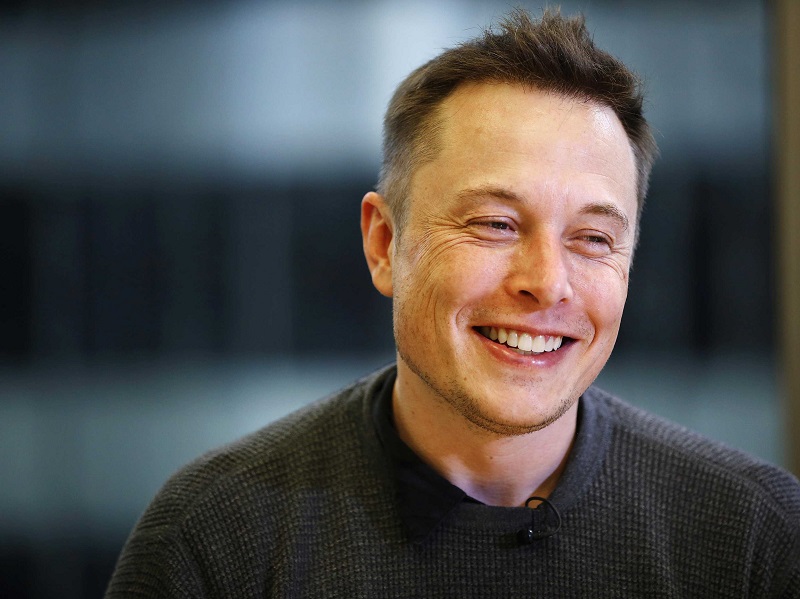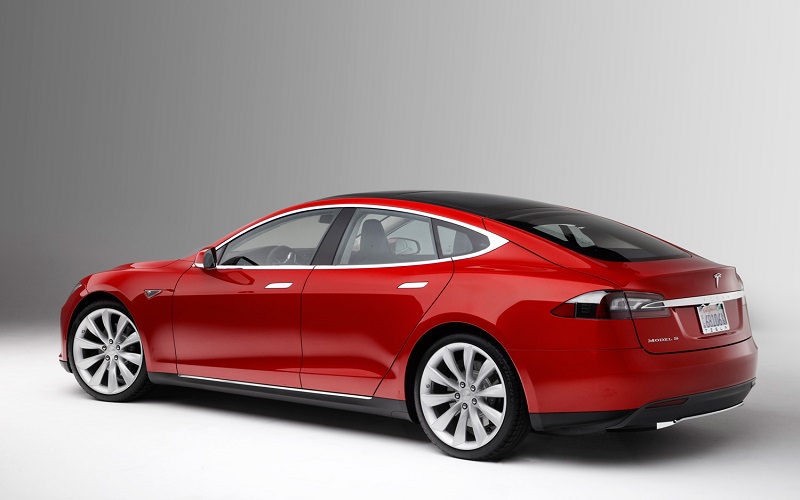
In the spirit of open source and innovation, all of Tesla Motors’ patents are now in the public domain. Elon Musk, CEO of Tesla Motors Inc., just announced this past Thursday that he was opening all of the company’s patents to rival automakers, effectively making Tesla Model S the first open-source car.
“Technology leadership is not defined by patents, which history has repeatedly shown to be small protection indeed against a determined competitor,” Musk said, “but rather by the ability of a company to attract and motivate the world’s most talented engineers.”
Musk reiterates that Tesla’s mission statement centers on accelerating the development of a sustainable form of transportation, yet innovation inhibiting patents contradict this notion. Musk admits that Tesla patents were largely defensive in nature and necessary early on to ensure that large automakers with access to massive manufacturing, sales, and marketing powers did not copy the technology and mass-produce it first. The unfortunate side effect of this position ensured that electric cars never really took off with automakers: electric vehicles constituted nearly 1%, if not less, of their total vehicle sales in 2013.
The electric car market is small enough where Tesla will not see any real threat from any new competitors that may arise, instead, allowing others to use these patents (which are already public), isn’t anything game changing says David Cole, an analyst at AutoHarvest Foundation. Cole believes that Tesla will continue protecting its trade secrets regardless, most of which are not patented. “Tesla is sure to have figured out some things along the way that they have not patented,” Cole tells the LA Times. “They don’t want people to see it.”

The Model S is a s a full-sized electric five-door, luxury liftback.
A different analyst from Wedbush Securities by name Craig Irwin states that’s Musk’ position demonstrates a confidence that Tesla Motors will remain dominant even if other automakers follow in its tracks. The secret, he explains, lies in the cylindrical battery cell technology the company developed seven years ago which doubles or triples their vehicles’ driving range compared to that of other electronic cars on the market. Combine this technology with Tesla’s plan to build giant battery factories in the near future, and the company will be in a position to sell these batteries to its competitors even if they copy Tesla’s vehicle designs.
The single catch with using Tesla’s patents: they must be done so in “good faith.” Musk explains that third parties are permitted fair use of patented technology so long as they do not attempt to file a patent-infringement lawsuit against other electric car companies or attempt to recreate one of Tesla’s own vehicles.
“We believe that Tesla, other companies making electric cars, and the world would all benefit from a common, rapidly evolving technology platform.“
Via Tesla Motors, LA Times
Advertisement
Learn more about Electronic Products Magazine





